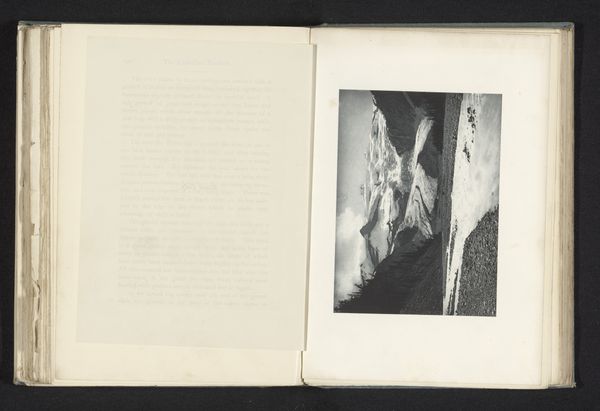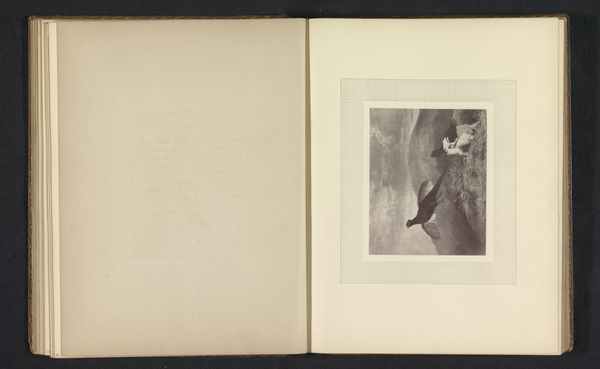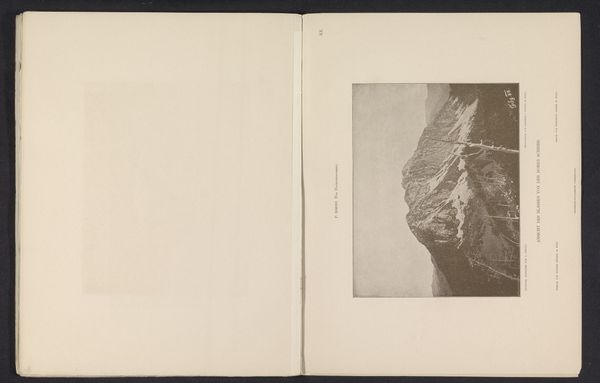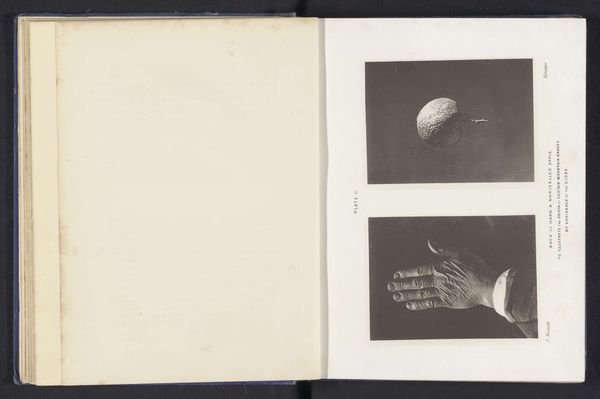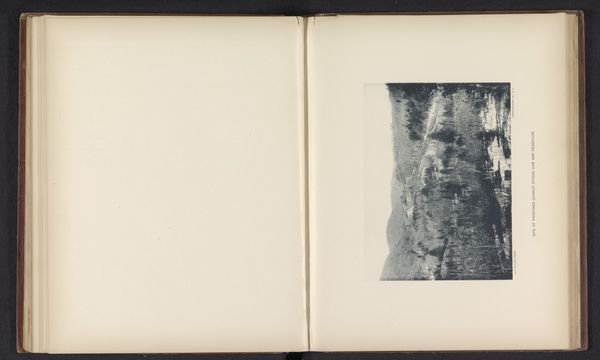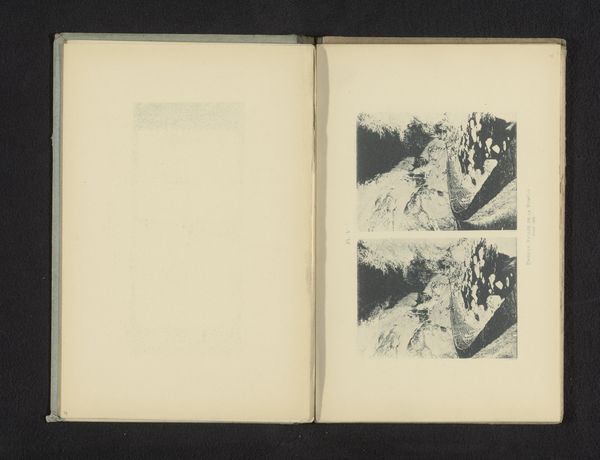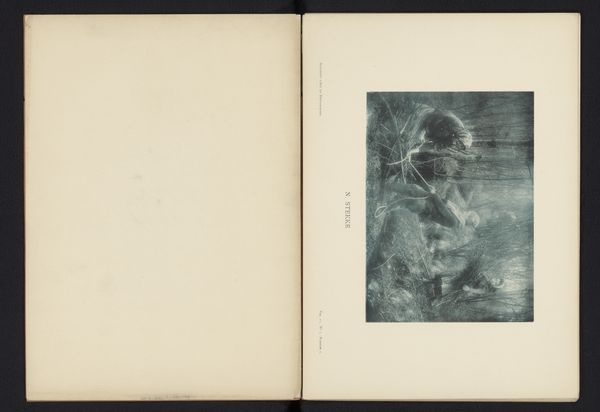
photography, gelatin-silver-print
#
portrait
#
pictorialism
#
photography
#
gelatin-silver-print
Dimensions: height 164 mm, width 130 mm
Copyright: Rijks Museum: Open Domain
Editor: This is Edward Steichen's "Portrait of Georg Frederick Watts," a gelatin silver print made before 1903. It's a somber, almost mournful image, quite different from the brightly lit photos we're used to seeing. What draws your eye when you look at this portrait? Curator: Immediately, I'm drawn to the materiality of this piece, especially given the period. Gelatin-silver prints offered a certain tonal range and sharpness previously unattainable. Think about the cultural context: photography was still battling for recognition as "high art". Steichen choosing this particular medium—a process reproducible, linked to industry and the chemical manipulation of materials—is itself a statement, pushing back against the idea of art as purely the product of individual genius. Editor: So, you're saying the choice of gelatin silver connects to a larger debate about what constitutes "art?" Curator: Exactly! And it challenges the hierarchy separating artistic labour from other forms of work. Pictorialism, the style to which this photograph belongs, frequently used techniques to make photographs resemble paintings or drawings, yet at their base it still highlights the mechanization of capturing light onto a sensitive material. I wonder, to what extent did Steichen consider the chemical manipulation an artistic choice? Did the developing process itself influence the mood of the image you perceived as somber? Editor: That's interesting... I was focused on the subject's expression, but thinking about the labor involved in producing a gelatin silver print and its societal context really changes my perspective. Curator: It's crucial to consider that early photographic processes, particularly in portraiture, made art accessible to middle class. Now, let's examine how it was received by the cultural elites! Editor: So, it's not just about what is depicted but how it was made and who had access to it. Curator: Precisely. The materials, production, distribution, and even the social status of both artist and subject are intrinsically linked, aren’t they? It's fascinating how this one image can open up such a broad conversation.
Comments
No comments
Be the first to comment and join the conversation on the ultimate creative platform.
